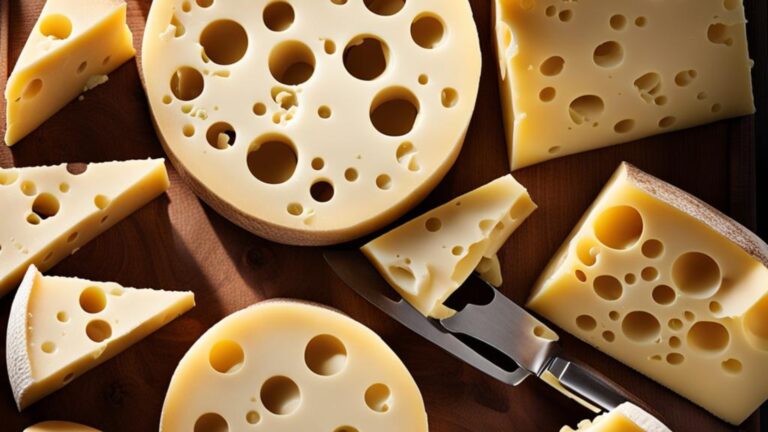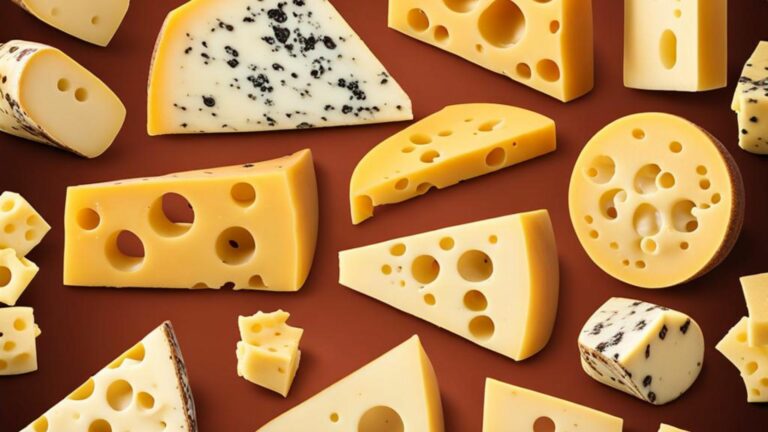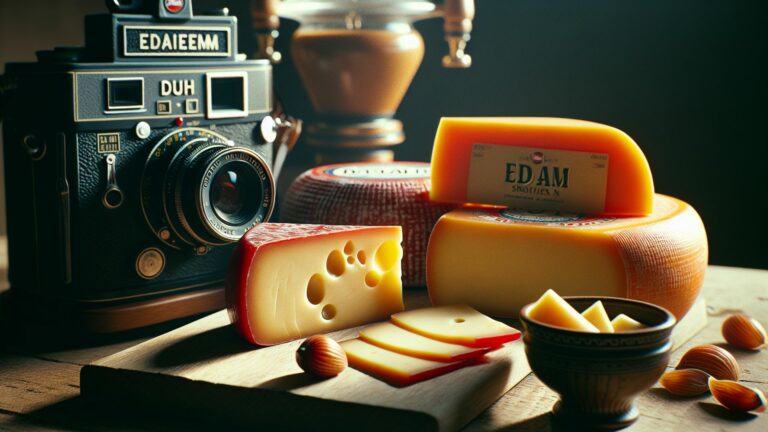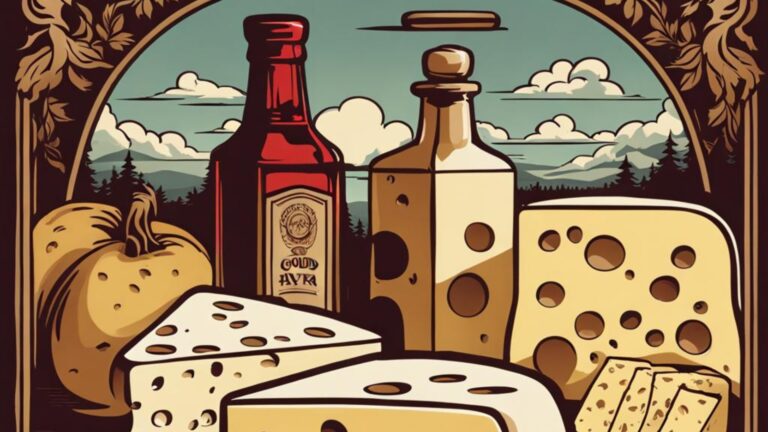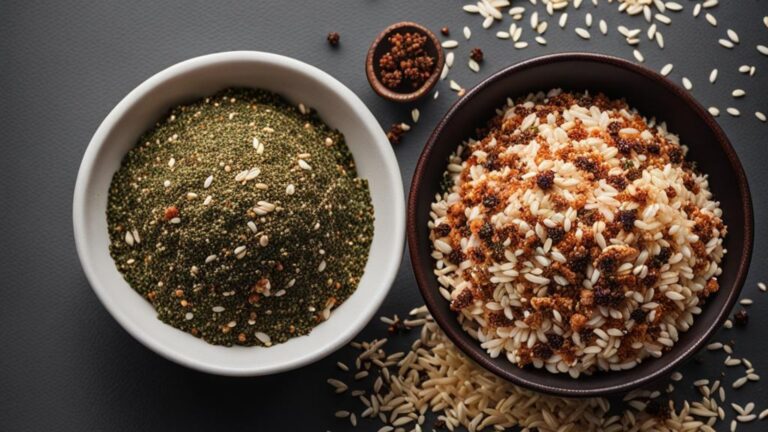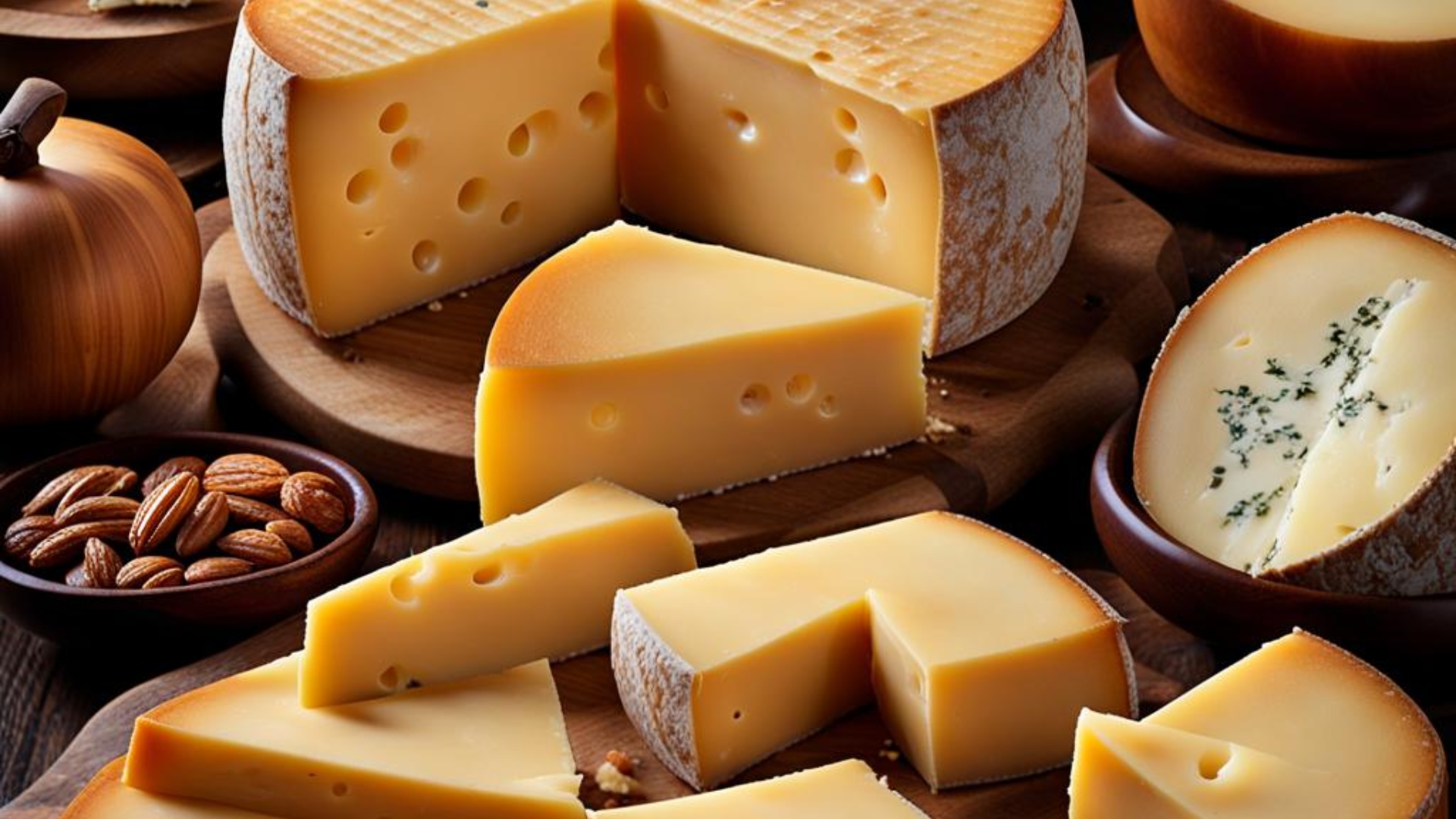
Gouda and Gruyere are the most well-known among famous cheeses. They are similar in many cases, but their differences are not avoidable. These two kinds of cheese have so many differences, too.
Here, we will explore these differences in detail and cover some similarities.
Gouda vs Gruyere The main differences are that Gouda is a mild, nutty Dutch cheese, while Gruyere is a nuttier Swiss cheese with a firmer texture. Gouda is younger, while Gruyere is aged longer, producing a more robust flavor.
You need to know these differences in detail to understand these two cheeses clearly.
The following sections are discussed to clarify these two kinds of cheese. So, without any delay, let’s start.
An Overview
Both Gouda and Gruyere are trendy cheeses around the world. Knowing the difference between the two requires a lot of discussions, but before that, we will see a head-to-head comparison table.
| Characteristic | Gouda Cheese | Gruyere Cheese |
| Origin | The Netherlands | Switzerland |
| Texture | Semi-hard, smooth, and creamy with small, scattered holes | Semi-hard, firmer with small, scattered holes throughout |
| Flavor | Mild, nutty with a slightly sweet taste | More complex, nutty, slightly sweet, and sometimes slightly salty with an earthy or herbal flavor |
| Aging | Aged for a few months | Aged for a longer period, usually between 6 to 12 months or even up to 3 years for some varieties |
| Uses | Snack or sandwich cheese can be used in dishes like cheeseburgers, mac and cheese, and grilled cheese sandwiches | Cooking cheese, popular in dishes like fondue, quiches, gratins, and soups, pairs well with wine and can be served as a table cheese, |
So we see that both Gouda and Gruyere cheeses have distinct characteristics that impart different levels of flavor to other dishes.
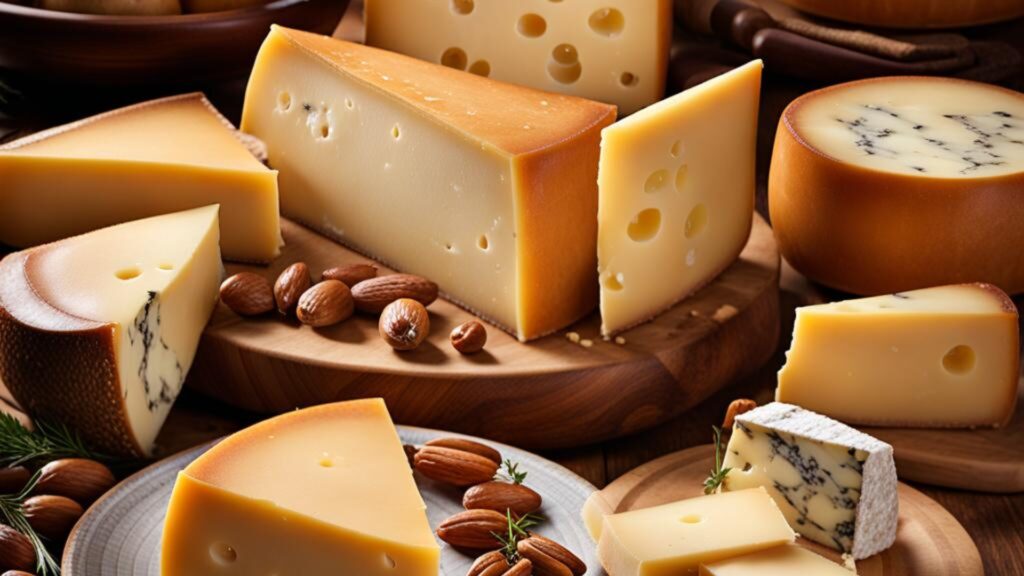
Gouda vs Gruyere: Differences in Detail
Gouda and Gruyere are both types of cheese with unique characteristics that distinguish them.
Here are some more detailed differences between the two:
Origin
Gouda cheese originated in the Netherlands. On the other hand, people were first introduced to Gruyere cheese in Switzerland, a country full of heavenly beauty.
The taste of the cheese changes depending on the nature of the overall conditions of the two countries: climate, terrain, agricultural practices, etc.
Texture
Gouda cheese has an essentially semi-hard texture. It has a smooth and creamy feel and lots of small scattered holes. We often describe cheese as pliable and elastic. People use it as a great example of melting cheese.
On the other side of the coin, Gruyere cheese has small scattered holes but a firm texture. The main difference with Gouda cheese is that Gruyere cheese is less pliable and more crumbly. As a result, it is widely used for grating or grating.
Flavor
Gouda cheese has a mild, nutty flavor, with a slight sweetness and a touch of caramel or butterscotch, although the latter depends on the age of the cheese.
Meanwhile, Gruyere cheese has a nutty flavor and slight saltiness with a hint of sweetness. A unique aspect of it is the alpine grass, which the cows graze on, so it can also have a subtle earthy or herbal smell.
Aging
In terms of aging, Gruyere cheese takes longer than Gouda cheese. Gouda takes a few months to age, while Gruyere takes 6 to 12 months.
However, some varieties of Gruyere cheese can take longer, around 3 years. This extended aging gives Gruyere cheese a firm texture with a deep flavor.
Uses
People mainly use Gouda cheese in snacks or sandwiches. In addition, this cheese can be used in dishes such as cheeseburgers, macaroni and cheese, and grilled cheese sandwiches to enhance food flavor.
Meanwhile, there is no comparison to Gruyere cheese in cooking. It is widely used in various snacks, including fondues, quiches, gratins, and soups.
Another uniqueness of Gruyere cheese is that it goes well with wine and is also well known as a table cheese.
So, we understand that both Gouda and Gruyere kinds of cheese are unique in their taste and texture. The rest is up to you and how you use which one.
Similarities Between Gouda and Gruyere
To know the details of these two kinds of cheese, we have to look at the similarities and differences as well, which are given below:
- Both are semi-hard cheeses: Gouda and Gruyere cheese have a semi-hard texture. They are firm but flexible to the touch.
- Both are made from cow’s milk: The raw material of both kinds of cheese is cow’s milk. However, in some cases, depending on the cow’s breed and diet, it can affect the cheese’s taste and texture.
- Both have small, scattered holes: You’ll see small, scattered holes in both Gouda and Gruyere kinds of cheese. But the holes of Gouda are smaller and more uniform than those of Gruyere.
- Both can be aged: Both cheeses are aged to achieve intense flavor and texture. But whereas Gouda usually takes a few months to age, Gruy aged longer.
- Both are versatile: Gouda and Gruyere kinds of cheese are versatile in terms of uses as you can use these two kinds of cheese in many different dishes.
That’s why, although there are some fundamental differences between Gouda and Gruyere cheeses, they are prevalent worldwide due to their unique taste and versatility.
Conclusion
So, we can say that the main differences between these two cheeses are in nutrition values, cooking uses, origin, texture, and flavor. The differences and similarities between these two kinds of cheese are also noticeable.
If you want to use them in your dishes, you must know the similarities.
Hope you get enough knowledge about these two kinds of cheese from this discussion. Some more discussions on different types of cheeses are found around the world. We cover some more discussion on other cheeses.
To know about them, you may read these discussions too. Thanks for coming here.


